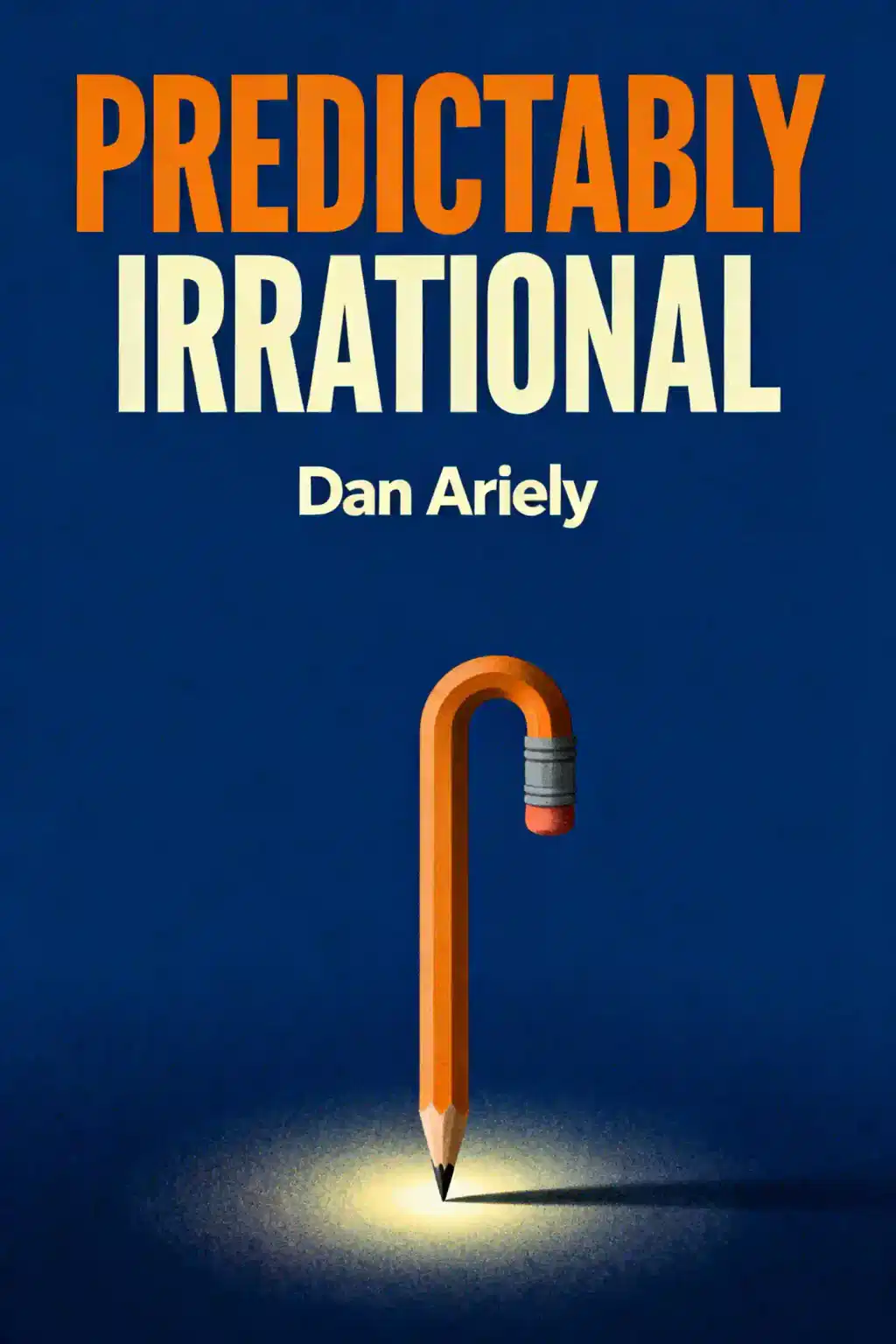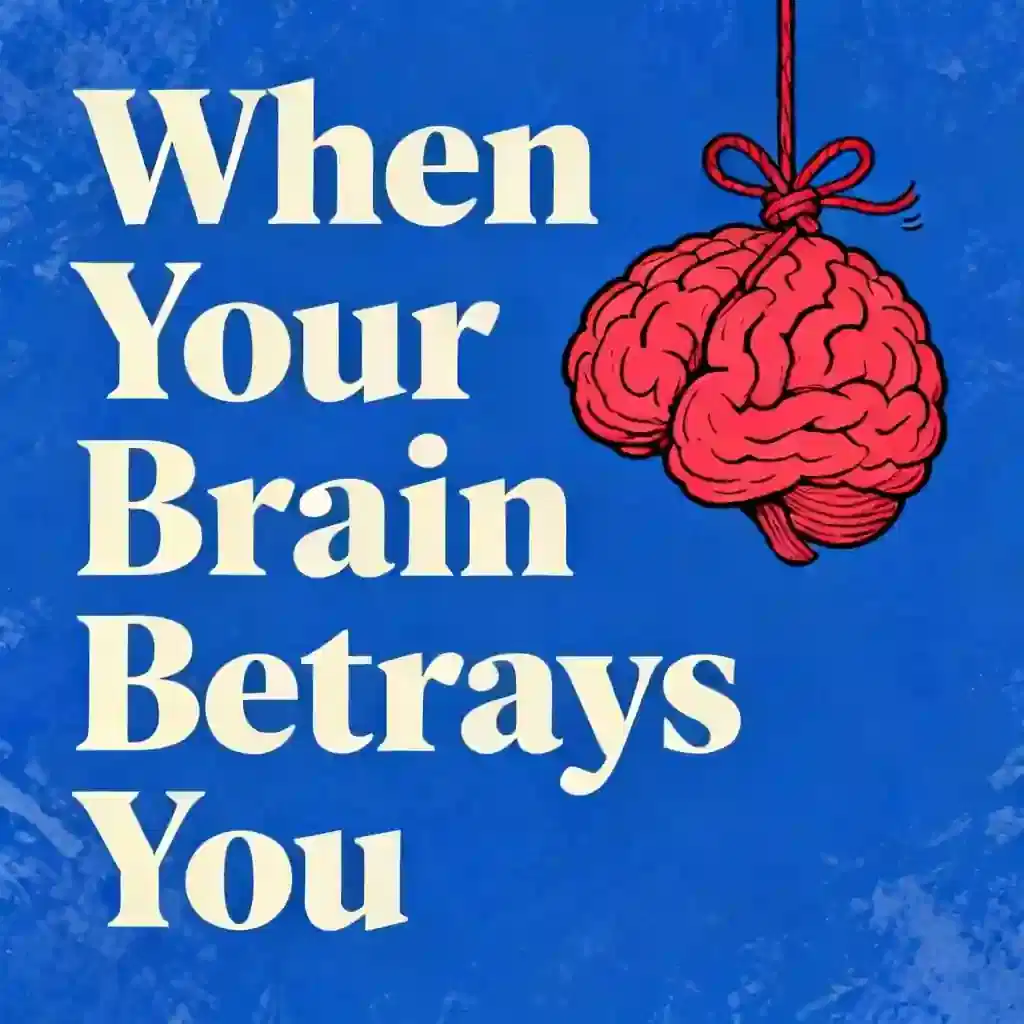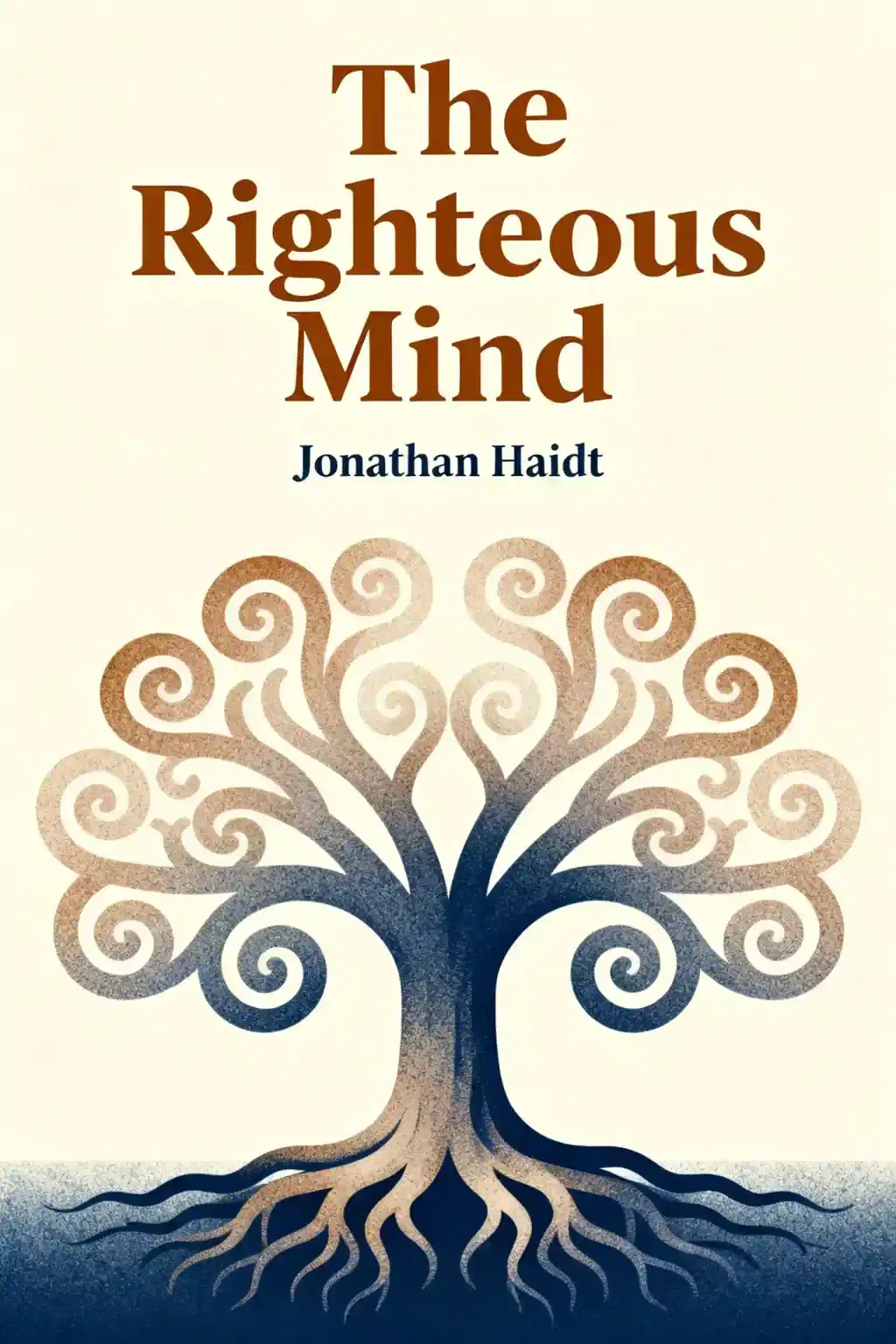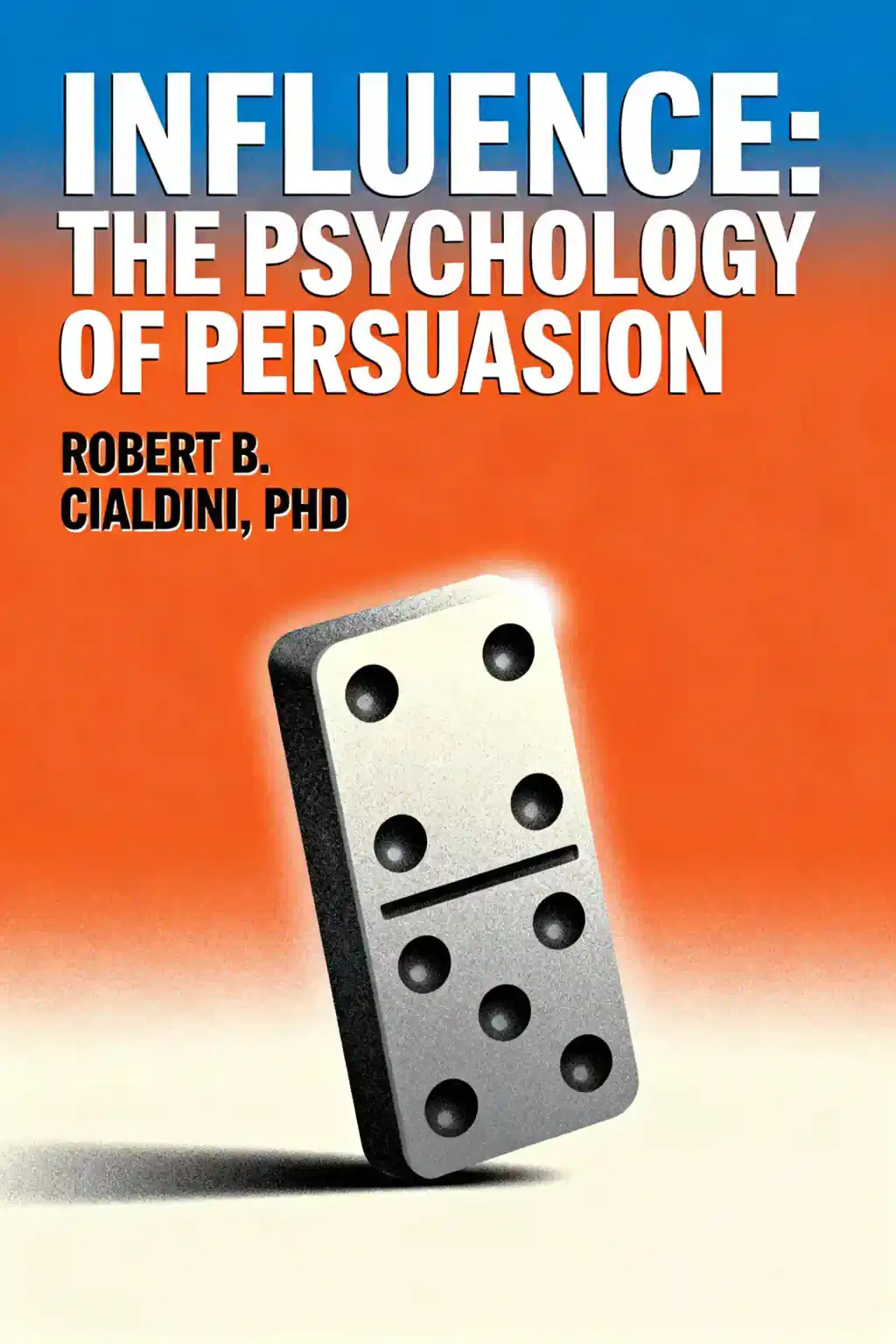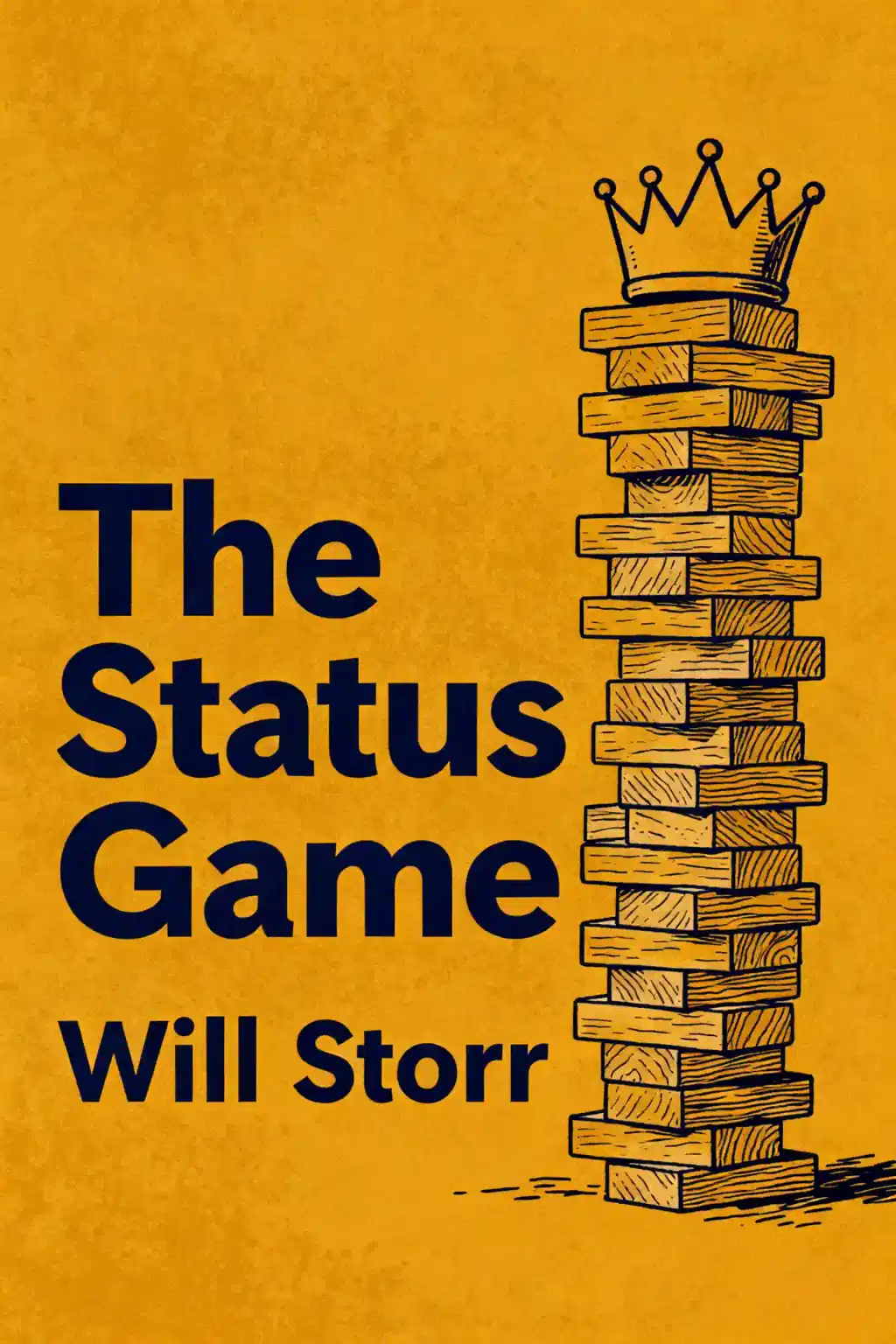What is
Superforecasting: The Art and Science of Prediction about?
Superforecasting explores how ordinary people achieve extraordinary prediction accuracy through structured reasoning, probabilistic thinking, and continuous belief updating. Authors Philip Tetlock and Dan Gardner analyze findings from the decade-long Good Judgment Project, revealing techniques like "Fermi-izing" complex questions and using "dragonfly forecasting" to synthesize multiple perspectives. The book challenges the myth of expert infallibility while providing actionable strategies for improving foresight.
Who should read
Superforecasting?
This book suits professionals in finance, policy analysis, and strategic planning who need to assess risks, plus anyone interested in decision-making psychology. Leaders managing uncertainty and self-improvers seeking to reduce cognitive biases will find practical frameworks like probabilistic forecasting and belief updating invaluable.
Is
Superforecasting worth reading in 2025?
Yes – its evidence-based approach to geopolitical, economic, and technological forecasting remains vital in our AI-driven era. The 2025 reader gains tools to navigate misinformation and rapid change, with studies showing superforecasters outperforming intelligence analysts by 60% even a decade after publication.
What distinguishes "foxes" from "hedgehogs" in forecasting?
Foxes aggregate diverse viewpoints, express probabilities precisely, and revise forecasts frequently. Hedgehogs rely on single ideological frameworks, make bold yes/no predictions, and resist updating beliefs. Tetlock's research shows foxes consistently outperform hedgehogs across 20 years of geopolitical forecasting.
How did the Good Judgment Project prove superforecasting works?
This US government-funded study (2011-2015) demonstrated that crowdsourced forecasters using structured techniques beat CIA analysts with classified data. Top performers achieved 60% greater accuracy than professionals by applying belief updating, Fermi problem-solving, and collaborative error-checking.
What is "Fermi-izing" in prediction?
Named after physicist Enrico Fermi, this technique breaks complex questions into smaller, answerable components. For example, estimating pandemic spread by analyzing:
- Transmission rates
- Vaccine development timelines
- Government response effectiveness
This method reduces overconfidence and enables granular probability assessments.
Why is belief updating crucial for accurate forecasting?
Superforecasters revise predictions 2-3x more frequently than average forecasters. They treat opinions as "hypotheses in need of testing," systematically adjusting probabilities as new data emerges. This counters confirmation bias – a key reason why 72% of experts underperform basic prediction algorithms.
What does the "dragonfly mindset" entail?
Inspired by insects' multi-lens vision, this approach synthesizes contradictory perspectives into unified forecasts. Practitioners:
- Gather opposing viewpoints
- Identify valid arguments in each
- Create weighted probability models
This prevents single-narrative thinking while maintaining decisiveness.
What are key
Superforecasting quotes and their meanings?
"Strong views, weakly held"
Advocates conviction in current forecasts while remaining open to disconfirming evidence.
"The fox knows many things..."
Highlights the predictive advantage of eclectic knowledge over ideological rigidity.
"Forecast, measure, revise"
Encapsulates the core three-step improvement cycle used by top forecasters.
How does teamwork enhance forecasting accuracy?
Groups beat individual superforecasters by 23% through:
- Cross-examination of assumptions
- Aggregation of diverse knowledge pools
- Dynamic probability averaging
The book details structured collaboration techniques like prediction markets and Bayesian updating pools.
What criticisms exist of
Superforecasting?
Some argue its methods:
- Require unsustainable time investments for busy professionals
- Struggle with "black swan" events lacking historical data
- Overemphasize quantifiable predictions over qualitative insights
However, 85% of corporate users report measurable decision-making improvements from adopting its frameworks.
How does
Superforecasting compare to
Thinking, Fast and Slow?
While Kahneman explores cognitive biases broadly, Tetlock provides specific tools for improving predictions. Superforecasting offers more actionable frameworks like Fermi decomposition and belief calibration scales, making it preferred by practitioners needing operational methods over theoretical insights.








